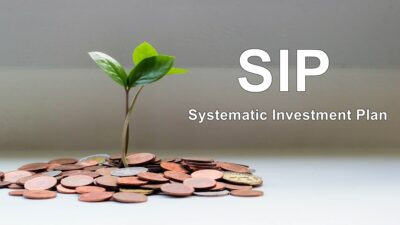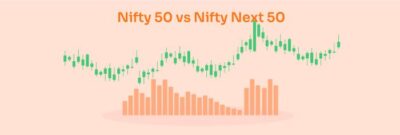Forex, the decentralized global market where all the world’s currencies trade, is both an art and a science. It thrives on patterns – predictable movements of currency pairs that traders can capitalize on. One of the most recognizable of these patterns is the triangle. As traders transition from theory to real-world application, understanding these triangles can become a significant advantage. This article explores the practical implications and applications of triangle patterns in Forex trading.
Table of Contents
Understanding Triangle Patterns
In forex trading, triangle chart patterns are a fundamental component of technical analysis. These patterns, characterized by their distinct triangular shape on price charts, hold valuable insights for traders seeking to anticipate market movements. Defined by the convergence of trend lines, these triangle patterns represent a temporary consolidation phase before an eventual breakout in price direction. There are three primary types of triangle patterns: ascending, descending, and symmetrical. Ascending triangles form during an uptrend, suggesting a potential continuation of bullish momentum.
Conversely, descending triangles arise in downtrends, indicating a potential continuation of bearish momentum. Symmetrical triangles, which reflect equilibrium between buyers and sellers, can result in either bullish or bearish breakouts. The historical success of triangle patterns in predicting market movements underscores their significance as a strategic tool for traders seeking to capitalize on price fluctuations.
Significance of Triangle Patterns in Forex Trading
Triangles in the Forex market symbolize a period of consolidation, a battleground where buyers and sellers wrestle for dominance. What makes these patterns so compelling is their predictive nature. Once a triangle is identified, traders can often anticipate the next significant price move or breakout. This breakout, which is a noticeable shift outside the triangle’s boundaries, can either ascend or descend, offering traders a hint of where the market might be heading next.
From Theory to Practice: Identifying Triangle Patterns
Spotting triangles is rooted in recognizing trend lines. For a valid triangle to form, prices should bounce between the trend lines at least twice for both support and resistance. Advanced charting tools available today make the identification process more manageable. However, it’s crucial to note that the volume often diminishes as the triangle progresses, strengthening the pattern’s validity. A surge in volume typically accompanies a valid breakout, signaling a strong market move.
Real-world Applications
Take, for instance, the EUR/USD pair in March 2022. Charts from that period display a clear symmetrical triangle formation. Traders who identified this pattern and anticipated a bullish breakout capitalized significantly when the price surged upwards. Similarly, the USD/JPY in June of the same year exhibited a descending triangle. The subsequent bearish breakout led informed traders to profitable short positions. However, it’s also essential to be wary, as the GBP/USD demonstrated in September, where a seeming ascending triangle led to a false breakout, causing some traders to incur losses.
Strategies for Trading Triangle Patterns
Trading triangles is not merely about identification but also execution. Once a triangle is spotted, traders can set entry points just above or below the breakout, depending on its direction. Furthermore, placing stop-loss orders is paramount to protect against potential false breakouts. A well-set stop-loss can be the difference between a minor setback and a significant loss. To maximize profits, traders can also set target projections based on the widest part of the triangle.
Challenges and Critiques
Despite triangles’ efficacy, they aren’t infallible. Sole reliance on them can be risky. Diversifying analytical tools and strategies ensures traders have a well-rounded approach, reducing over-reliance on a single pattern. A holistic trading strategy takes into account both pattern-based insights and broader market dynamics to make informed decisions.










Comments on " From Theory to Practice: Real-world Applications of Triangle Patterns in Forex" :